Grok 4 vs. ChatGPT: Which AI Chatbot Wins in 2025?
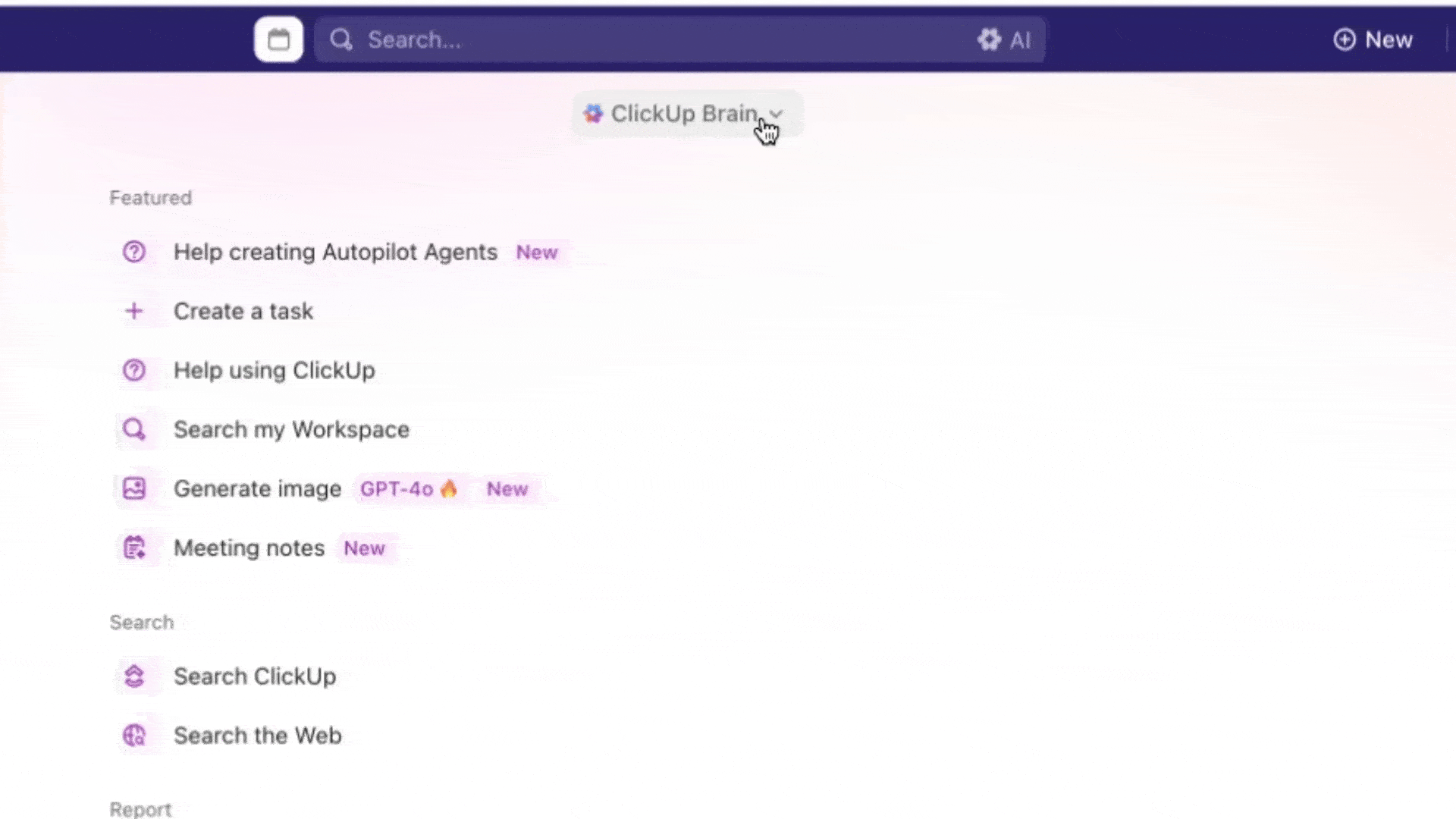
Sorry, there were no results found for “”
Sorry, there were no results found for “”
Sorry, there were no results found for “”

Tech circles can’t stop debating Grok 4 vs. ChatGPT.
Elon Musk’s Grok 4 from xAI positions itself as the bold, uncensored alternative, while OpenAI’s ChatGPT continues to evolve with stronger reasoning and usability.
Both claim to give you sharper answers and faster results, but the real test lies in how they perform when you need to debug code, dig through research, draft clear writing, or manage customer conversations.
In this blog post, we’ll look closely at where each one stands out, where they fall short, and which is better suited to your work. We’ll also take a look at why ClickUp has an edge over both.
Let’s get started. 🤖
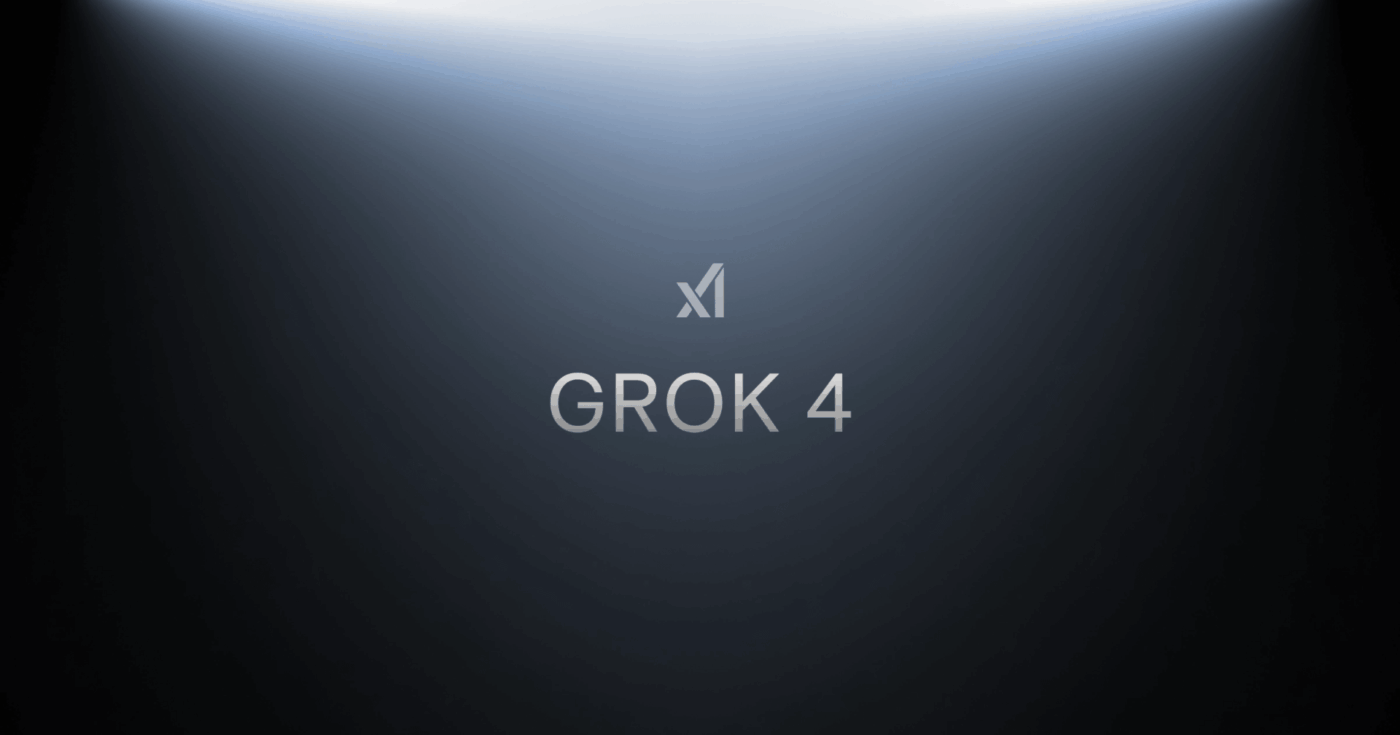
Grok 4 is xAI’s advanced AI model, designed to deliver sharp, up-to-the-minute responses using native tool integration and real-time web and X platform search.
It’s available via SuperGrok and Premium+ subscriptions and the xAI API and offers advanced logical reasoning, image analysis, and voice interaction.
Let’s examine Grok’s standout features and their value to developers and AI decision-makers.

Grok 4 was trained using massively scaled reinforcement learning on xAI’s Colossus, a 200,000-GPU supercomputing cluster.
This allows for precise, domain-rich reasoning across math, coding, and science, achieving top benchmark performance (e.g., ARC-AGI, Humanity’s Last Exam) far beyond Grok 3.
Plus, Grok 4 Heavy takes this further with multiple agents that work in parallel to cross-verify responses.
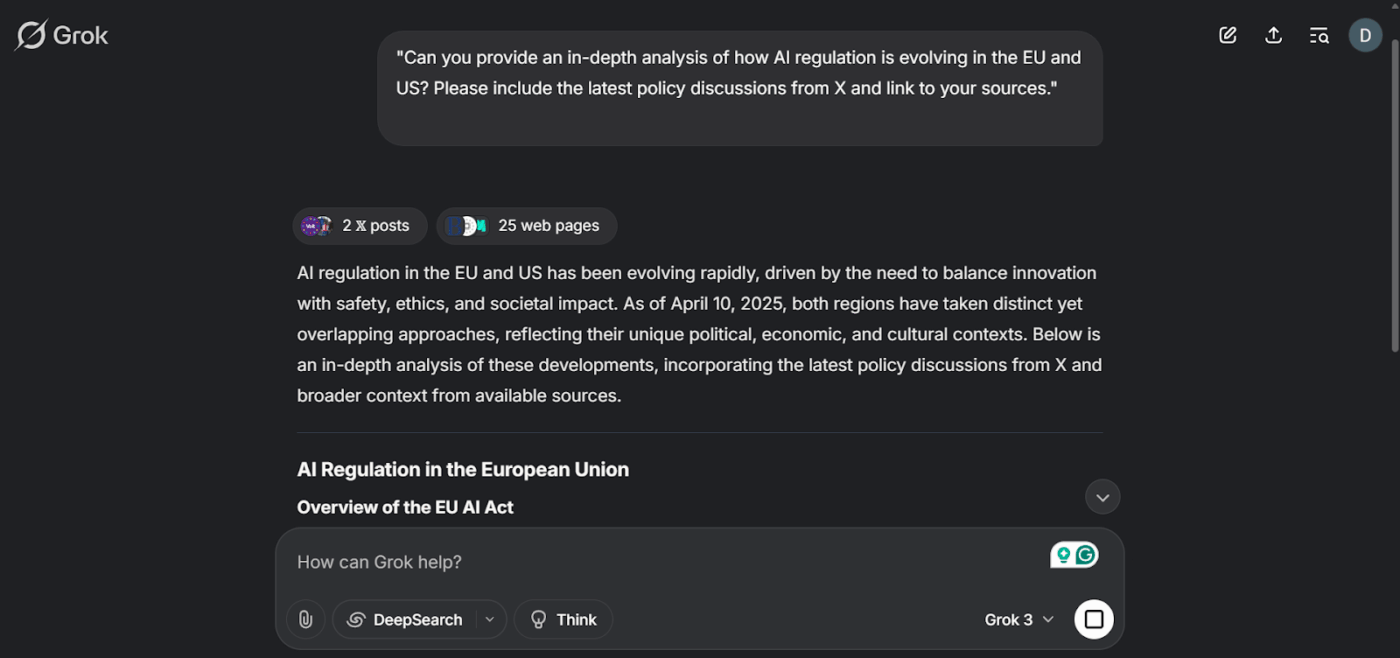
Grok 4 autonomously chooses and uses tools, ranging from code interpreters to web and X search, to gather the latest data for accurate responses.
DeepSearch, web search, and image and file analysis are all built into Grok’s suite of capabilities, integrated during training rather than tacked on afterward.
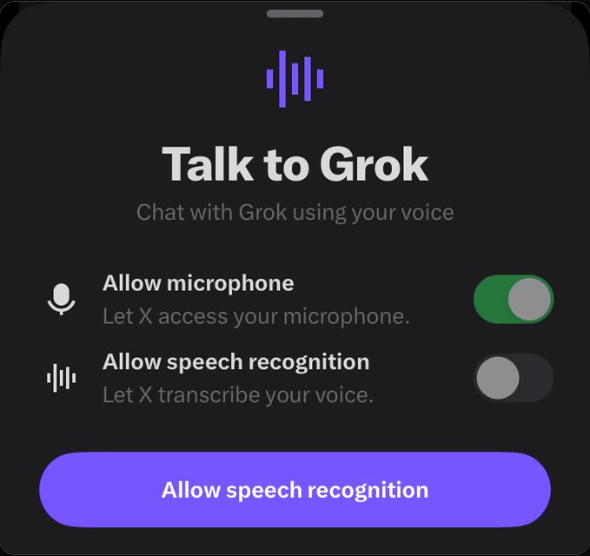
Grok 4 brings full multimodal interaction to the table, handling text, visuals, and voice seamlessly. Its advanced Voice Mode lets you hold natural conversations and even point your camera at something for live scene interpretation.
Developers also get access to a powerful API with a 256,000-token context window, real-time search across the web, X, and news, plus enterprise-level security (SOC 2 Type II, GDPR, CCPA).
That makes it well-suited for long-form code generation, complex documentation, and sensitive use cases.
🧠 Fun Fact: Hallucination in AI doesn’t mean what it does in real life. It refers to when a model confidently makes things up, like inventing sources, citations, or facts, with zero awareness that it’s wrong.
📖 Also Read: How to Use Grok AI to Boost Productivity
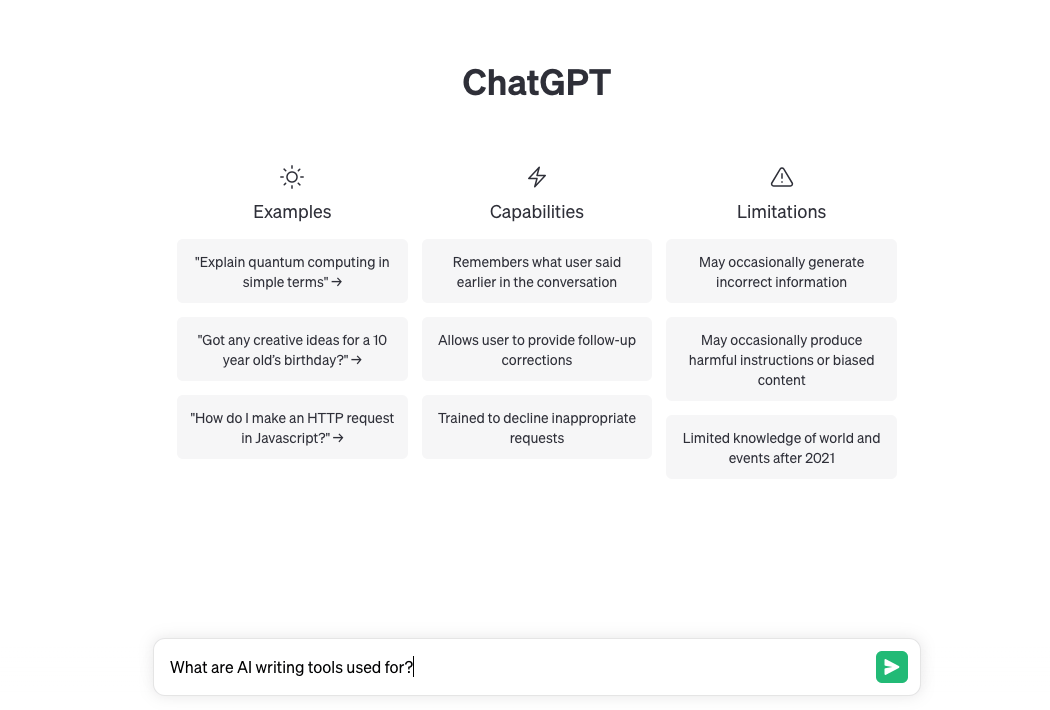
ChatGPT is OpenAI’s conversational AI assistant. It is designed to assist users with a wide range of tasks, including writing, coding, research, and creative endeavors.
This Grok AI alternative leverages advanced reasoning models to provide context-aware responses and has been integrated with various tools to enhance its capabilities.
Below are three standout capabilities that distinguish ChatGPT in the AI space.
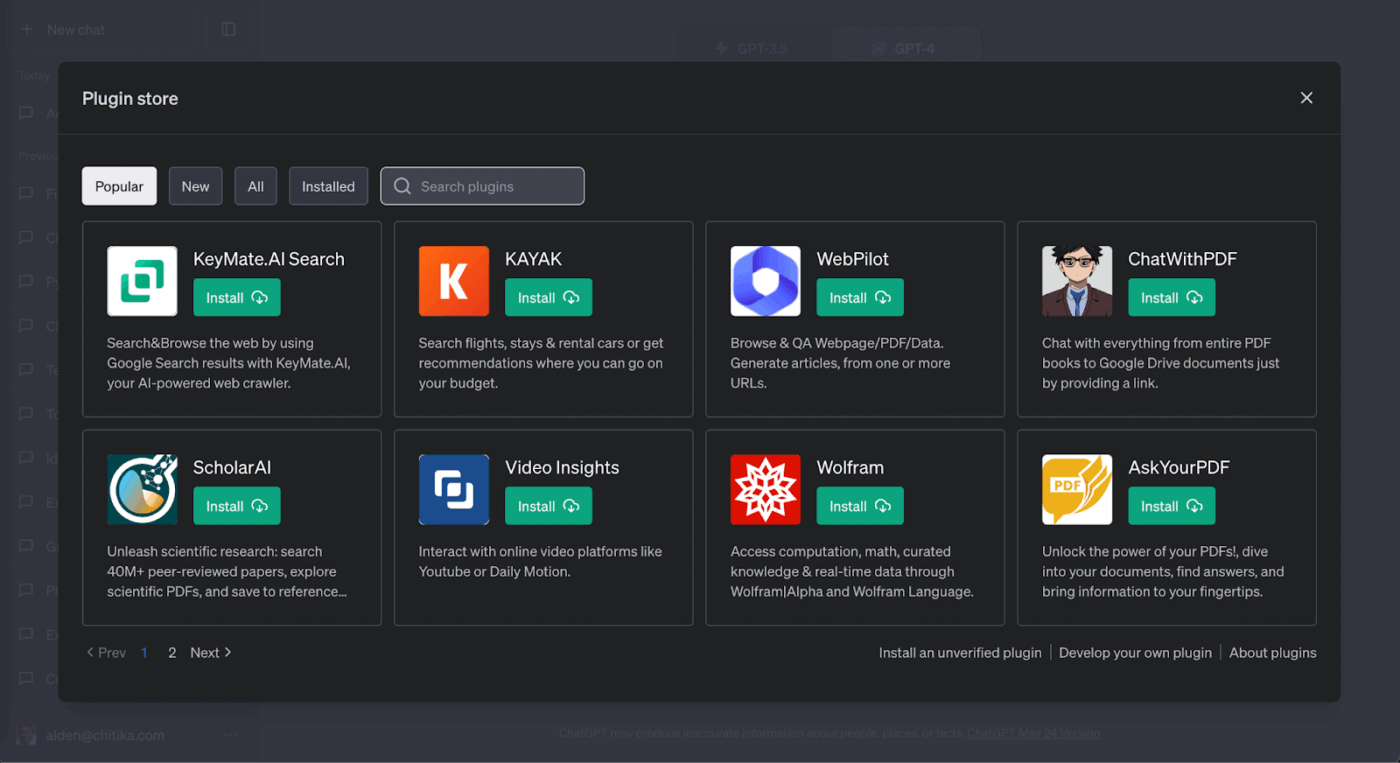
The GPT Store allows users to create and customize their own AI assistants without requiring programming expertise. You can define specific instructions, upload files, and set preferences to tailor the AI’s behavior to your needs.
This feature helps individuals and businesses develop specialized AI tools for tasks such as customer support, content creation, and data analysis.
🧠 Fun Fact: An AP-NORC poll found that 60% of U.S. adults utilize AI tools to search for information, and that number jumps to 74% for those under 30. Only 40% use AI for productivity at work, and even fewer trust it for shopping or entertainment. Younger users lean on AI for brainstorming, while older adults are much more cautious.

Deep Research is an AI agent integrated into ChatGPT that autonomously browses the web to gather information on a specified topic.
After receiving your prompt, Deep Research may ask clarifying questions before initiating its multi-step research process. It then conducts comprehensive searches, evaluates, and synthesizes information across diverse sources.
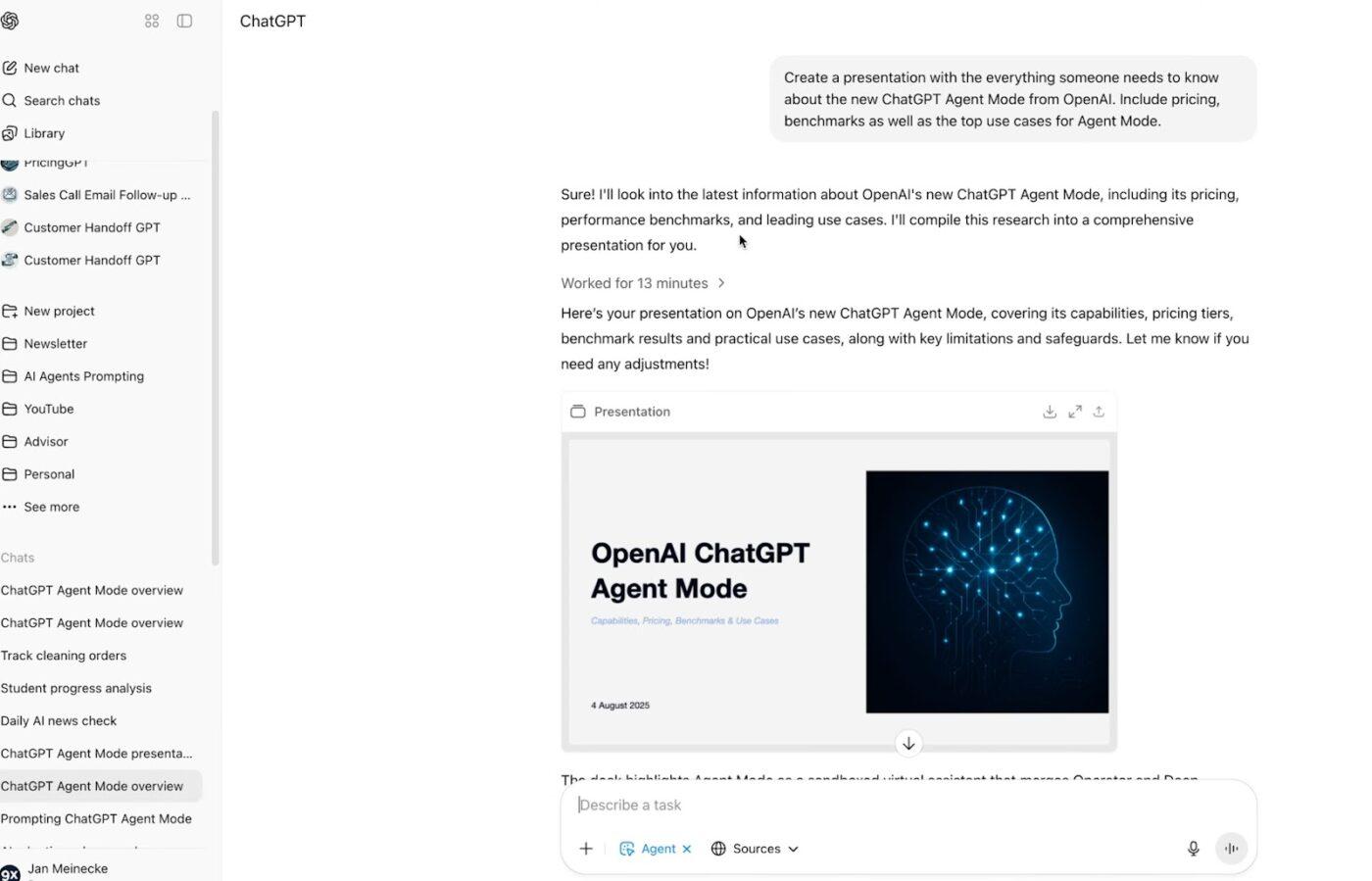
The ChatGPT Agent extends the assistant’s capabilities by enabling it to perform tasks such as filling out forms, running code, and interacting with external applications.
It integrates seamlessly into everyday workflows through direct connectors with tools like Gmail, Google Drive, GitHub, Outlook, and Notion. This means it can draft messages, update files, and move data between systems without relying on clunky workarounds.
🔍 Did You Know? AI apps don’t learn incrementally. Once a model is trained, it can’t learn new things unless it’s retrained or fine-tuned with new data. That’s why it doesn’t remember recent news unless connected to live browsing or external tools.
📖 Also Read: Best AI Tools for Project Management
We’ve just explored what makes Grok 4 and ChatGPT powerful in their own right. Grok 4 excels with real-time search, multimodal inputs, and supercharged reasoning. On the other hand, ChatGPT brings polished output, seamless integrations, customizable AI assistants, and intelligent automation.
Here’s a brief comparison of Grok vs. ChatGPT.
| Capability | Grok 4 | ChatGPT |
| Primary function | Real-time, reasoning-first AI with deep search across X and web | Polished, multimodal conversational AI with broad tool integration and stability |
| Underlying philosophy | “Maximum truth-seeking” with a witty, sometimes rebellious personality | A helpful and friendly assistant focused on safe and structured responses |
| Real-time awareness | Pulls live social and web trends via DeepSearch/X integration | Requires browsing plugins or Deep Research for current data; not native |
| Reasoning and problem solving | Exceptional with technical benchmarks (AIME, PhD-level science); ‘multi-agent’ reasoning in Heavy model | Excellent structured reasoning and logic; step-by-step breakdowns and consistent outputs |
| Integrations and ecosystem | Primarily limited to X ecosystem, minimal third-party integrations | Supports plugins, API access, and connectors to tools like Gmail, Teams, Notion |
| Customization | Limited personalization; tied closely to Elon Musk’s product vision | High flexibility with Custom GPTs, memory features, and tailored workflows |
| Speed and responsiveness | Fast and conversational with short, snappy outputs | Can be slower on complex queries, but stronger for detailed, long-form responses |
| Context window | Up to 256,000 tokens, beneficial for long conversations and complex documents | Varies by model, with GPT-4 offering a substantial but smaller context window |
| Ideal for | Technical professionals needing deep reasoning, fresh data, and STEM accuracy | Creators, enterprises, automation-focused teams, and casual users needing reliability and versatility with integrations |
| Pricing | No free plan; plans start at $30/user | Free plan available; paid plans start at $20/user |
Now, let’s line up the key areas where they overlap, and see where each shines.
When using AI for research or decision-making, you need to be confident about the data’s recency and relevance. Here’s how each tool handles live information.
Grok 4 includes real-time search capabilities across X, the web, and news, which keeps its responses fresh and directly tied to live information.
Its native tool integration lets it pull live trends and social context on the fly.
ChatGPT doesn’t pull live updates from social feeds on its own.
But with Deep Research and its agent architecture, it can tap into the web in real time, gather information from reliable sources, and deliver cited summaries.
🏆 Winner: Grok 4, as it provides real-time social and trend insights.
Let’s see how they compare with multimodal input and output.
Grok 4 takes in text, images, and voice, and can even parse long documents or analyze a scene live through your camera.
On top of that, its API packs a massive 256,000-token context window, so it’s ideal for large, complex prompts.
ChatGPT also supports multimodal inputs—text, voice, images—and exports via the GPT ecosystem, plugins, Code Interpreter, and Deep Research. It offers extensibility and versatility for creative, coding, and productivity workflows.
🏆 Winner: It’s a tie! Grok 4 pulls ahead if you need huge context windows or camera-based scene analysis, while ChatGPT has the edge if you want a polished, all-around ecosystem with plenty of extensions.
Beyond answering questions, the real test is how well AI can think, act, and fit into your workflow.
Grok 4’s Heavy variant is built for deep, long-form reasoning.
It uses a multi-agent setup to tackle technical problems in math, coding, and scientific logic, and it posts strong results on tough benchmarks like AIME and Humanity’s Last Exam.
ChatGPT leans into task automation with its Agent mode. It can perform multi-step actions (booking, research, or app integrations) while giving you the option to step in at key checkpoints.
With connectors for tools like Gmail, GitHub, Calendar, and Notion, it slots neatly into day-to-day workflows.
🏆 Winner: It’s a tie again! Grok 4 shines if you need structured reasoning and technical accuracy, while ChatGPT wins for workflow automation and real-world integration.
We took to Reddit to see where users stand on the Grok 4 vs. ChatGPT debate.
One reviewer shared:
Depends on what you are trying to do. Grok 4 is much smarter than Grok 3. It’s more uncensored than ChatGPT, which is a plus if you’re doing creative writing. Although ChatGPT’s writing is better. For coding, Grok 4 is best, followed by ChatGPT, then Grok 3…
Here’s where Redditors stand on usage and reliability:
For me personally, it’s a tough choice. I have SuperGrok and ChatGPT Plus. Grok 4 felt really nice to use compared to ex. O3. It may not be very fast sometimes, but in my prompting tests, it gave the longest, most thorough answers. I can’t use companion mode yet, which is the only con. GPT is cheaper and faster, but for heavy lifting, I would rely on Grok. If I had to buy only one for my use case, that’s Grok without a doubt.
And what users noticed about performance limitations:
Just to give you an idea, I worked on a project with Grok 3 for 7 months and it just could not finish because it was never smart enough. Grok 4 was released, and I finished the project in 2 hours…
On overall comparison, Reddit users commented:
Both are good products and similarly strong, with different strengths and weaknesses. I bought a month of SuperGrok but I’m going to stick with ChatGPT. Video and image generation is superior in ChatGPT, and the apps have a smoother experience. Voice mode in ChatGPT is miles more fluid and natural. Grok is sometimes nice to not get scolded, but I don’t really like its personality or sense of humor…
🔍 Did You Know? Researchers have started building AI models that talk to other AI models to debug, evaluate, or even train each other. It’s called multi-agent collaboration, and it’s how future AI systems might start evolving more complex capabilities.
Both ChatGPT and Grok 4 face AI challenges as standalone assistants since they don’t manage projects, automate workflows, or centralize knowledge.
ClickUp takes a different approach by embedding AI into the tools teams already use. Instead of switching between assistants and project software, you get one connected platform.
Here’s how it raises the bar. 🤩
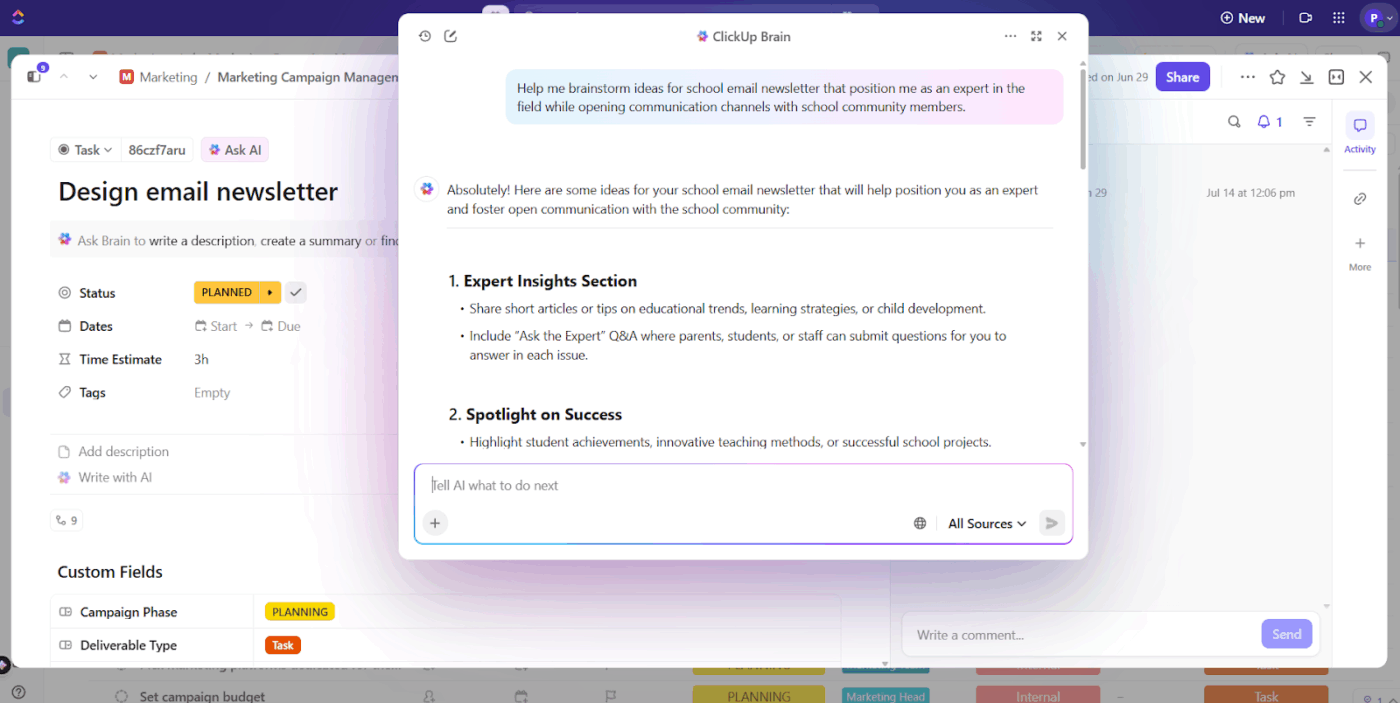
ClickUp Brain is the AI assistant integrated within ClickUp. It lives in your workspace and helps you act inside tasks and docs. You can use it to summarize conversations, share updates, draft content, and generate ideas without tab hopping.
One of ClickUp Brain’s top features is its grasp of workspace context. It understands your projects, team members, and workflows, providing tailored suggestions and automations based on real-time workspace data.
Take a customer onboarding program, for example.
Ask ClickUp Brain to draft a welcome email series, and it’ll pull training steps from your checklist, tone guidance from docs, and client details from tasks. You get an email sequence that fits the client, matches your brand voice, and aligns with project timelines.
You can even switch between ClickUp Brain, ChatGPT, Claude, and Google Gemini without leaving the app. Generate images, tasks, messages, and projects without complex prompts or manual input.

For deeper projects, ClickUp Brain MAX expands this power into a complete desktop AI companion. It brings together the best AI models, your ClickUp data and work context, and powerful automation, all in a secure and seamless desktop experience.
💡Pro Tip: Dictate tasks, search queries, or even entire documents using your voice. Brain MAX’s AI-powered Talk to Text works anywhere on your computer, making hands-free productivity a reality.
Tailor how your voice is transcribed and interpreted, including vocabulary and style, for a truly personalized experience.
AI also powers ClickUp Autopilot Agents that take over repetitive workflows. For instance, Weekly and Daily Report Agents post updates to a Space or List, while a Team StandUp Agent summarizes what your team worked on.
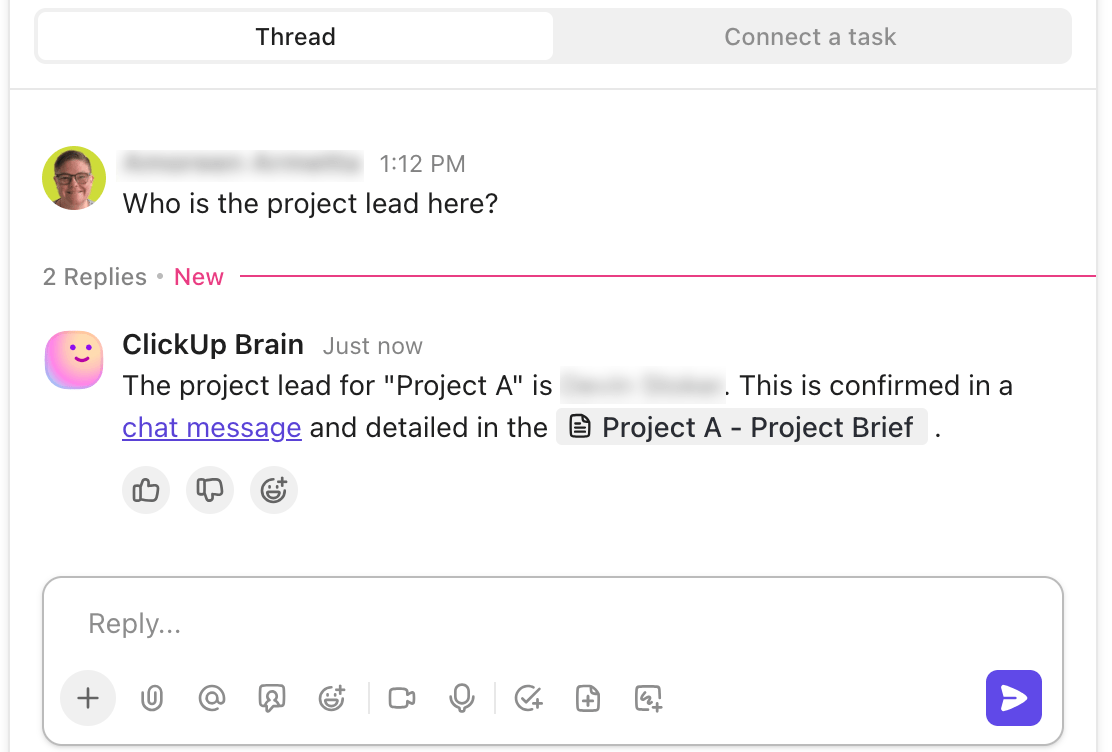
Take support channels, for example.
Team members often ask the same product questions repeatedly. Instead of pulling a manager away to answer, the Auto-Answers Agent jumps in with context pulled directly from docs, tasks, and chats. The result? Faster replies, less repetition, and a team that can stay focused on the work that really matters.
If you need something more tailored, you can build Custom Autopilot Agents using the no-code builder. These agents adapt to your workspace rules and respond to triggers like new creative tasks, updated documents, or invites to sprint planning sessions.
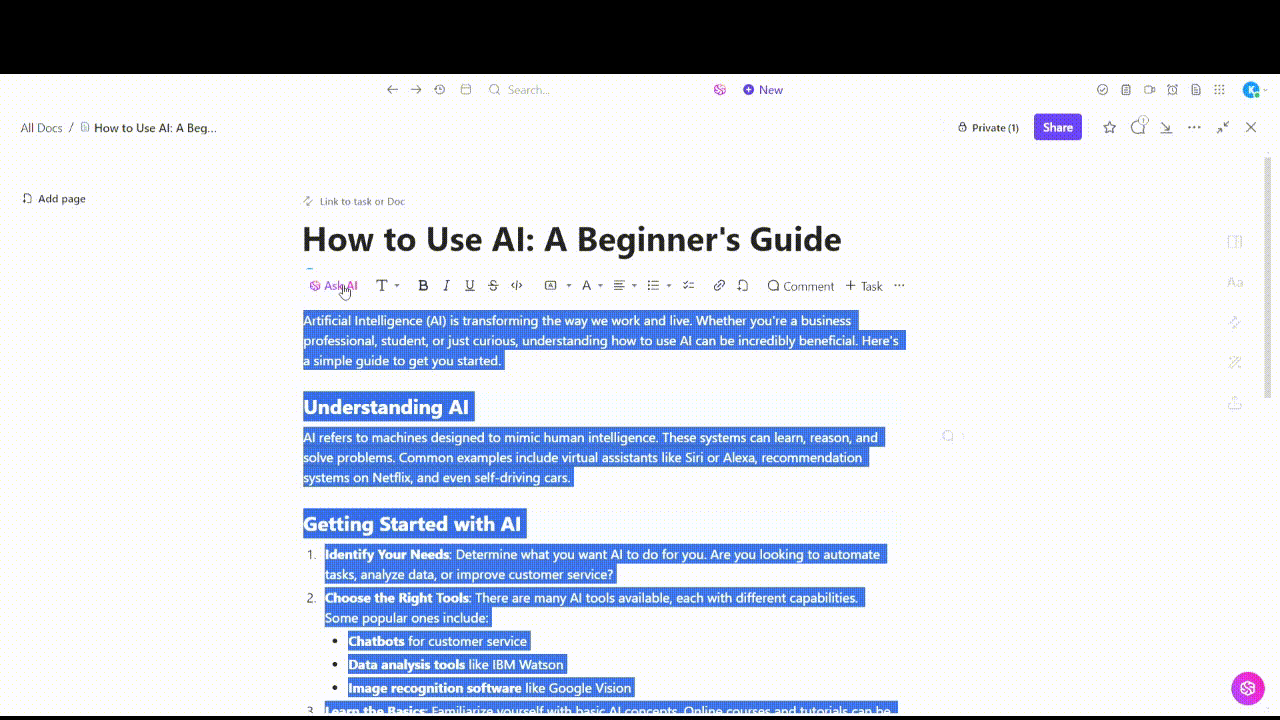
ClickUp Docs are living documents directly tied to your tasks, projects, and knowledge base. Every doc is natively integrated into your workspace, so updates and action items stay connected to real work.
With AI in Docs, you can:
Suppose a customer success team is creating a client playbook. As they draft, AI pulls from linked tasks, comments, and docs to suggest new sections. The result is documentation that’s always aligned with the latest product updates and processes.
ClickUp was built as a project management platform, and that foundation makes its AI features far more effective. Every task, milestone, and dependency in ClickUp Project Management Software is connected, so AI outputs are always grounded in context.
Here is a glance at some ways ClickUp’s integrated AI makes day-to-day project management tasks smoother.

What’s more, Brain MAX can create, update, and manage ClickUp tasks, docs, chats, and calendar events directly from your desktop.
A ClickUp user shares:
ClickUp is the most robust management platform that has helped our company in so many ways with maintaining processes and workflows and getting work done on time.
But the magic doesn’t stop there.
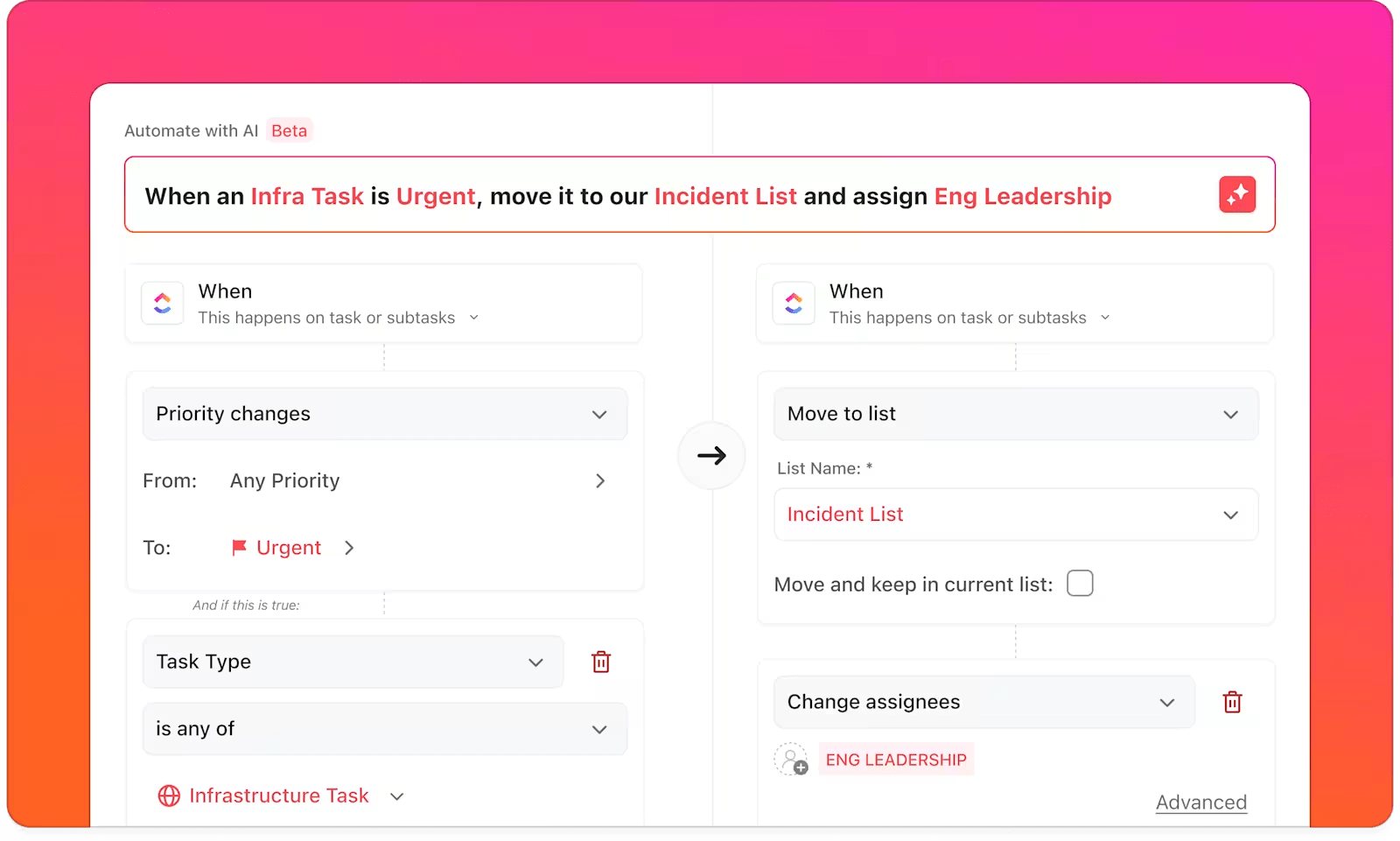
ClickUp Automations save hours of manual effort. They follow simple ‘when this happens, then do that’ rules, which you can set up in minutes. Once active, they run quietly in the background, so projects move forward without constant manual input.
Here are automation examples teams rely on:

ClickUp Chat turns discussions into part of the workflow. Every message lives next to tasks and docs, so context never gets lost across tools.
Teams can ask questions, share decisions, and create action items directly in the same space where the work happens. FollowUps turn action items into tasks, SyncUps enable voice and video calls, and the AI-powered Catch Me Up feature helps teammates get up to speed quickly.
📮ClickUp Insight: Only 12% of our survey respondents use AI features embedded within productivity suites. This low adoption suggests current implementations may lack the seamless, contextual integration that would compel users to transition from their preferred standalone conversational platforms.
For example, can the AI execute an automation workflow based on a plain text prompt from the user? ClickUp Brain can! The AI is deeply integrated into every aspect of ClickUp, including but not limited to summarizing chat threads, drafting or polishing text, pulling up information from the workspace, generating images, and more! Join the 40% of ClickUp customers who have replaced 3+ apps with our everything app for work!
📖 Also Read: How to Use AI Tools to Maximize Productivity
While Grok 4 shines with better reasoning and real-time data, and ChatGPT stands out for its conversational intelligence, neither fully integrates into your day-to-day workflow.
That’s where ClickUp takes the lead.
With ClickUp Brain, AI helps create content, prioritize tasks, and automate project updates right inside your workspace. Combined with ClickUp’s robust project management features, such as real-time reporting, scheduling, and task automation, teams can move faster, stay aligned, and reduce busywork across all projects.
Sign up to ClickUp today and let AI work beside you! ✅
© 2025 ClickUp